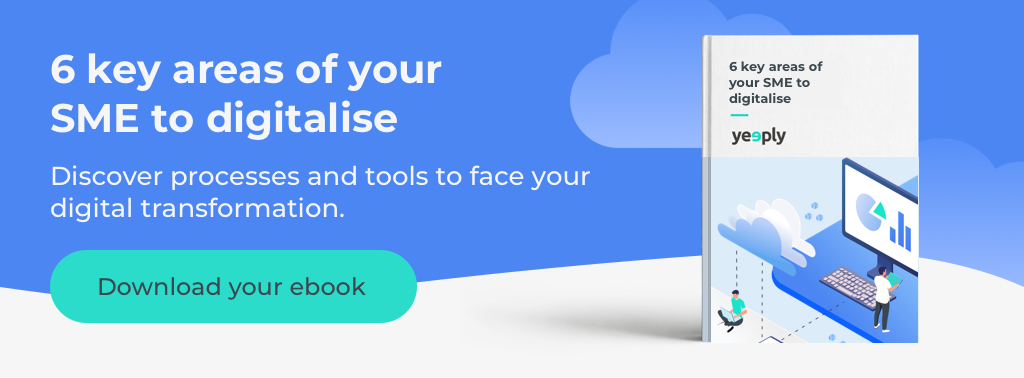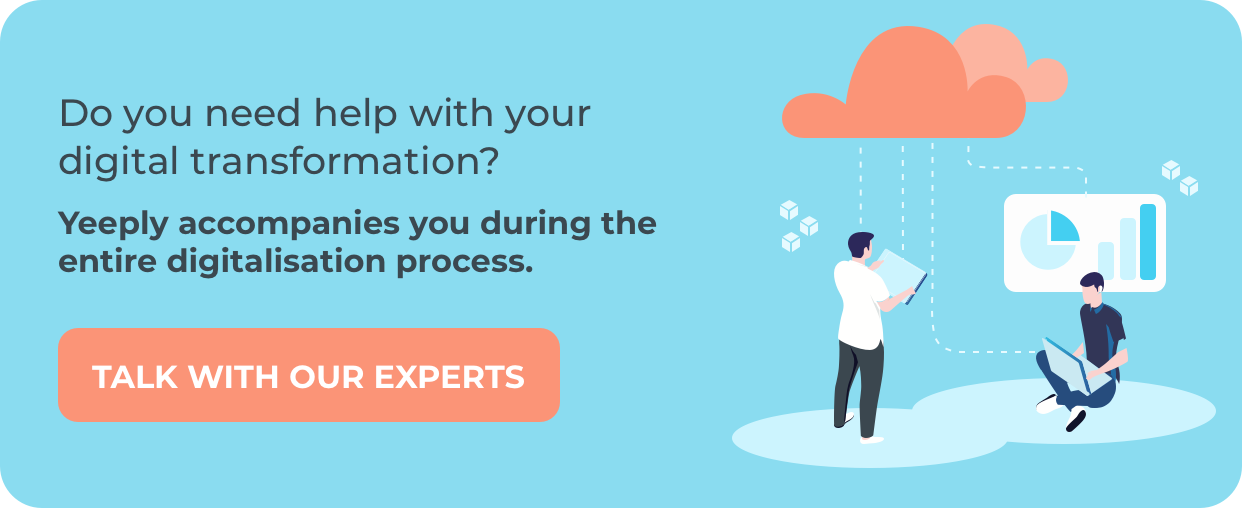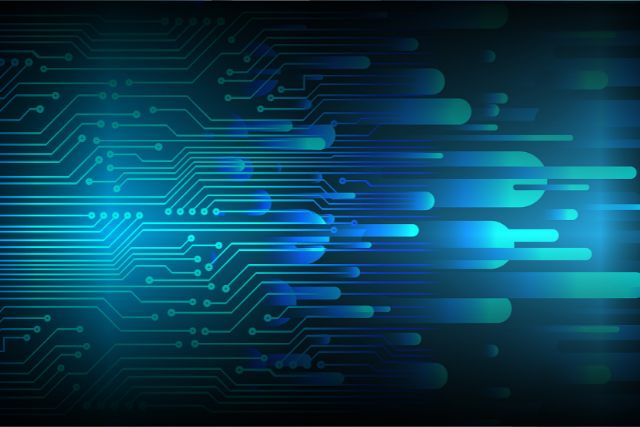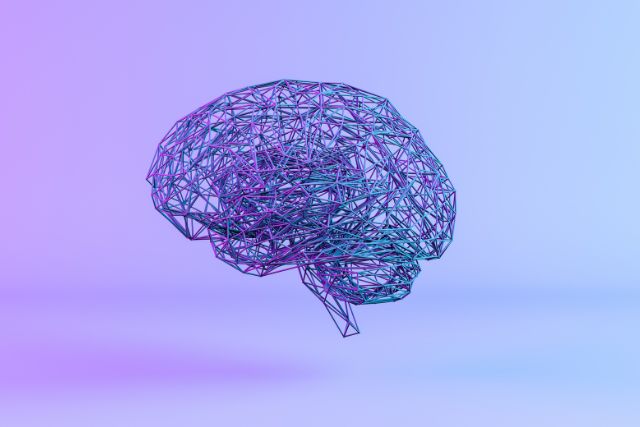Digital transformation is a phenomenon common to all companies, regardless of their industry or size. Therefore, industrial manufacturing could not afford to be left behind when it comes to digital transformation. Along these lines, there has been quite a buzz recently about a new industrial revolution. However, what is Industry 4.0? Do you know what this concept is all about?
Yeeply would like to illustrate this concept and review both the technologies associated with this new industrial revolution and the trends which the secondary sector is heading towards. Let’s get started!
Index – The new industrial revolution 4.0
Industry 4.0 definition
The first step is getting to know the answer to the following question: What is Industry 4.0? Industry 4.0 (also fourth industrial revolution) is the transformation of industrial manufacturing and production systems by introducing new technologies.
Industry 4.0 wants to go further than the previous industrial revolution, which was based on incorporating robots and process automation. This new revolution aims at creating smart factories that will be able to adapt more easily to manufacturing needs and processes.
Industry 4.0 = the transformation of industrial manufacturing and production systems by introducing new technologies.
Until now, industrial processes required extensive planning and also entailed significant delays or losses when production had to be halted due to a breakdown.
In an Industry 4.0 environment, technology boosts agility and responsiveness. The use of sensors in machinery, for instance, can warn of any anomalies that could be taking place. These can then be fixed quickly, avoiding downtime and having to slow down production.
This above is just an example, as Industry 4.0 has plenty more capabilities in store.
Industry 4.0 technologies
Let’s have a look now at which technologies make Industry 4.0 possible.
Internet of Things (IoT)
Internet of Things (IoT) is the term that stands for getting devices connected to the internet, as well as having them be able to communicate with each other.
Sensors in machinery, robots, and self-driving vehicles generate a constant flow of information that may very well help in adjusting production, anticipating possible breakdowns or detecting points where the manufacturing process can improve.
Cyber-physical systems
Broadly speaking, cyber-physical systems (CPS) are machines controlled by computers and algorithms. These devices are monitored by computers, who are in control of the physical processes involved.
However, the real key to this technology resides in its feedback, which is used by the system to interpret actions, track results, and automatically learn to improve efficiency.
Although these systems may seem somewhat complex, it’s easier to understand them through some examples. Self-driving cars, home automation systems, or civil infrastructure and road monitoring systems are all manifestations of this technology.
✏️ Recommended article | What is the Financial Function 4.0 and how it can help the CFO of a company
Big Data and Data Analytics
Big Data is all about collecting huge volumes of data from traditional and digital sources. These large volumes of data are generated on an on-going basis and are a very valuable source of information, which must be analysed in real-time to draw conclusions aimed at increasing efficiency or opening new business lines.
A series of decisions will have to be made in order to be capable of using Big Data in an Industry 4.0 environment in a way that’s serviceable for the company. Determining the sources from which data are obtained, the frequency with which they are obtained, or which of them provide valuable information are just some of the initial considerations that must be taken into account to render Big Data useful.
Find out how Big Data is changing Formula 1, digital factories and the use of wearables:
Cloud computing
Cloud Computing allows obtaining computing services through the cloud. The businesses using Cloud Computing, therefore, only get to pay for the resources they use when they need them.
In general terms, businesses can contract IaaS (Infrastructure as a Service), PaaS (Platform as a Service) or SaaS (Software as a Service).
Thus, services such as virtual data storage or software such as ERP or cloud security management — just to give a few examples — are available for hire.
3D printing
3D printing has come as a revolution of its own in the manufacturing industry. One of its main applications is prototyping products in a faster and cheaper way. It shortens lead times and makes detecting possible design errors easier, which translates into decreasing the effort needed to fix these errors.
In recent years, innovations in 3D printing have led to a radical change in the manufacture of all kinds of products, from automotive parts to human bio-textiles:
Industry 4.0 trends
After finding out which technologies make Industry 4.0 possible, we will now have a look at this year’s trends.
Augmented reality and mixed reality
The use of smart glasses with augmented reality and mixed reality technologies in factories will enable improving machinery design and manufacturing and maintenance operations.
? You might be interested | What is the difference between Virtual Reality, Augmented Reality and Mixed Reality?
Digital twin
A digital twin is a given machine or component’s virtual recreation that enables simulating its operation. Consequently, it enables studying how a real machine will behave under certain given circumstances and also performing predictive maintenance since it’s a tool that can be used for anticipating a machine’s possible future breakdowns.
Here is a short video on how a digital twin is working:
5G
Although not yet widespread, 5G connectivity is planned to be largely implemented in the next years. This large-scale implementation of 5G networks will give a real lift to the capabilities of the Internet of Things. 5G improves internet connection lag time and increases signal range between devices. All of this will allow for increased flexibility and efficiency in factories.
Cobots
Cobots are robots that collaborate among themselves or with human operators and they have become a trend in the manufacturing industry. It’s being anticipated that their use in factories will increase to ease the tasks of their human co-workers by taking on repetitive duties or the most hazardous ones to improve safety.
Blockchain
This technology might currently not be as well embedded in the manufacturing industry as it is in the financial industry but it harbours, nevertheless, a great many possibilities for Industry 4.0. It can guarantee the traceability of the entire production and supply chains, as well as other transactions.
Take a look at this video if you want to better understand how Blockchain is working:
Conclusion
These are all some of the Industry 4.0 trends to watch out for. If you are ready to approach your company’s digital transformation, make sure you have the right partner by your side for the digital transformation project you have in mind.
Yeeply can help you tackle this process by getting you in touch with the professionals who are the best fit for your project. Contact us and discover all the advantages that digital transformation has to offer to your business.













